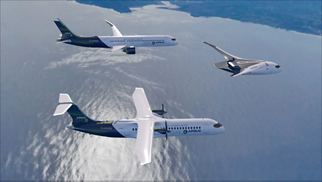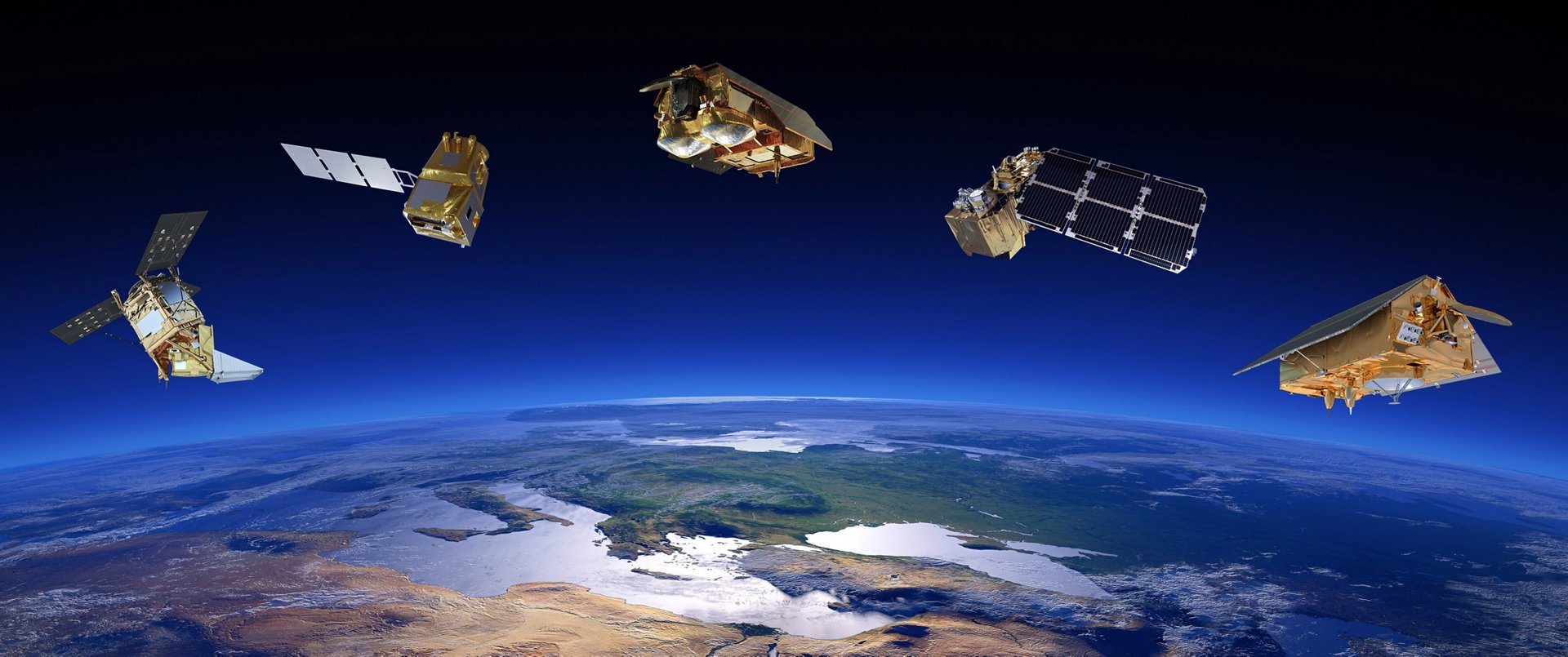
Earth observation for climate action
Geospatial data to help fight climate change
Over the past 50 years, remote sensing via satellites has yielded both spectacular views of our planet and unprecedented scientific insight. Today, Earth-observation satellites are at the forefront of monitoring deforestation, rising sea levels and greenhouse gas emissions in the atmosphere. At Airbus, we not only build many of these satellites but transform geospatial data into actionable insight to help fight climate change.
More than 150 Earth-observation satellites are currently in orbit. Their mission is to provide scientists with the essential data needed to detect environmental changes on Earth. Because many climate variables can only be measured from space, Earth-observation satellites are a vital tool to monitor the effects of climate change on natural ecosystems.
At Airbus, we have been managing data from the European Space Agency (ESA)’s Earth-observation satellites since the early 1990s. We are involved in all major environment-monitoring satellite programmes in Europe and play a key role in all the Copernicus missions.
At any one time some 20 of our satellites are involved in climate change monitoring with an additional 20 in development. Our complete fleet of satellites measures the following aspects:
- Land, forests and sea
- Air quality, temperature and humidity
- Snow and ice coverage
- Wind and clouds
This critical geospatial data enables us to:
- Provide scientists with a better understanding of the Earth’s system and evolution
- Help governments and humanitarian agencies prepare for and manage disasters
- Generate environmental impact assessments for large industries
Read more
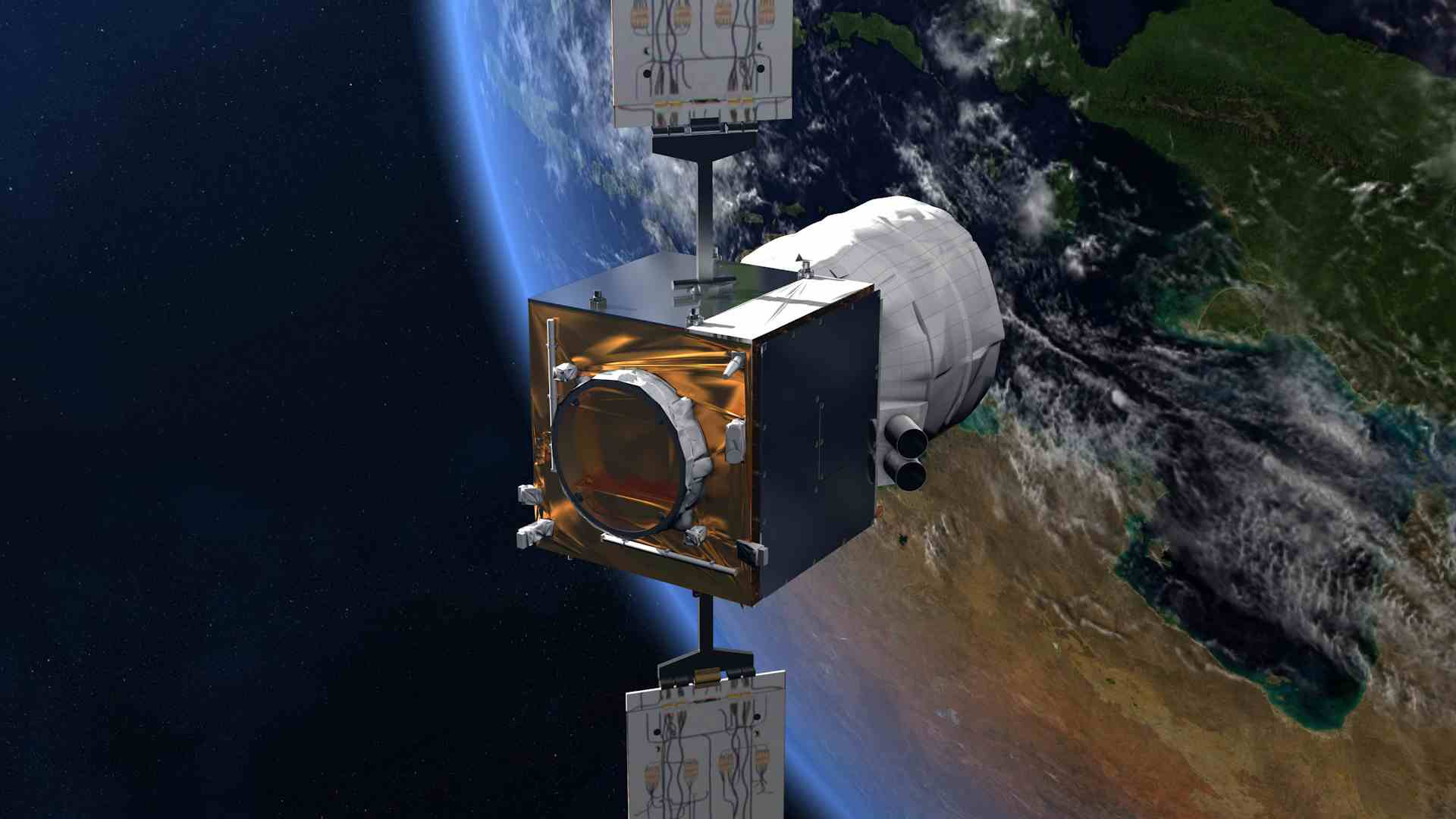
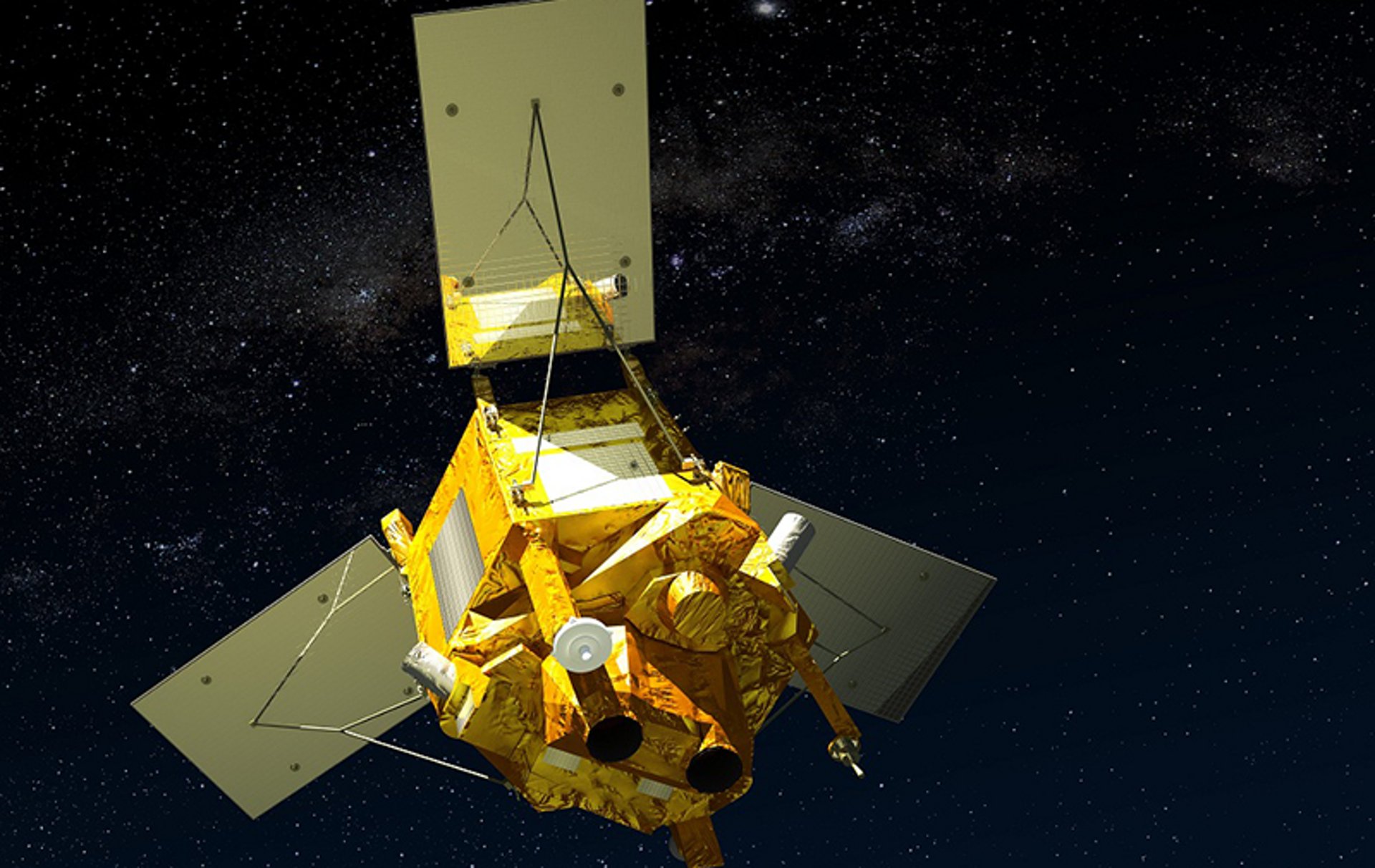
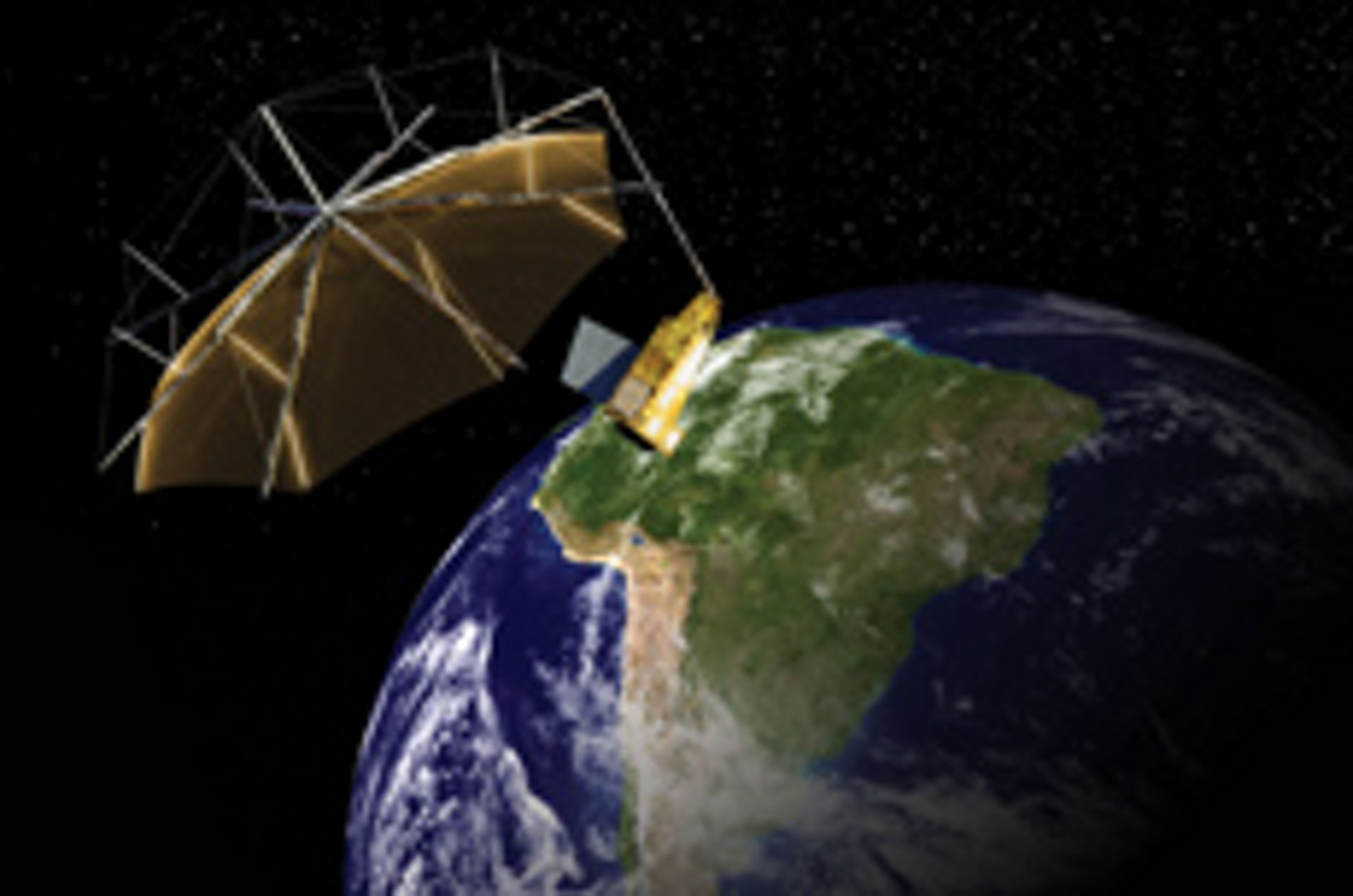
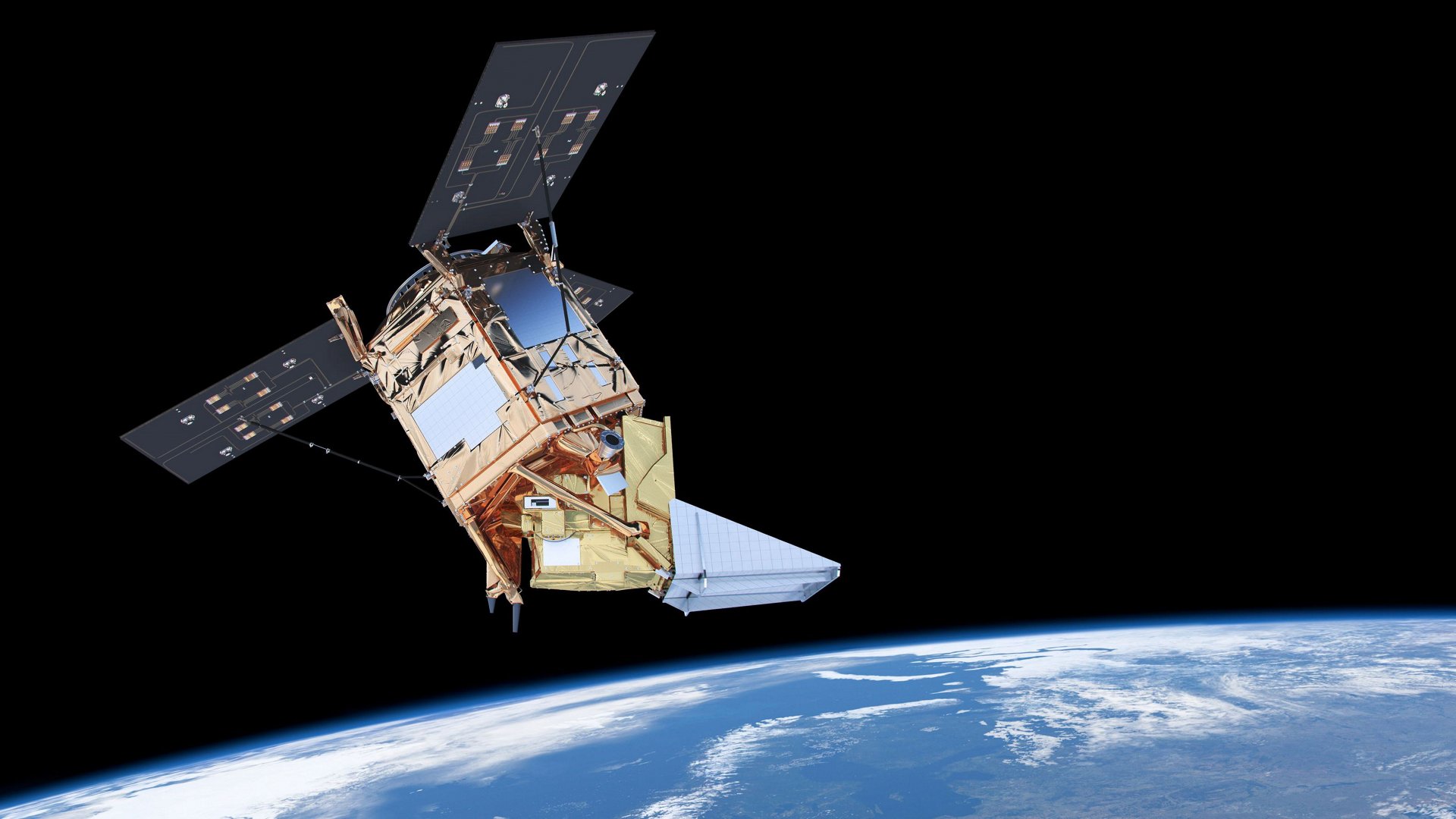
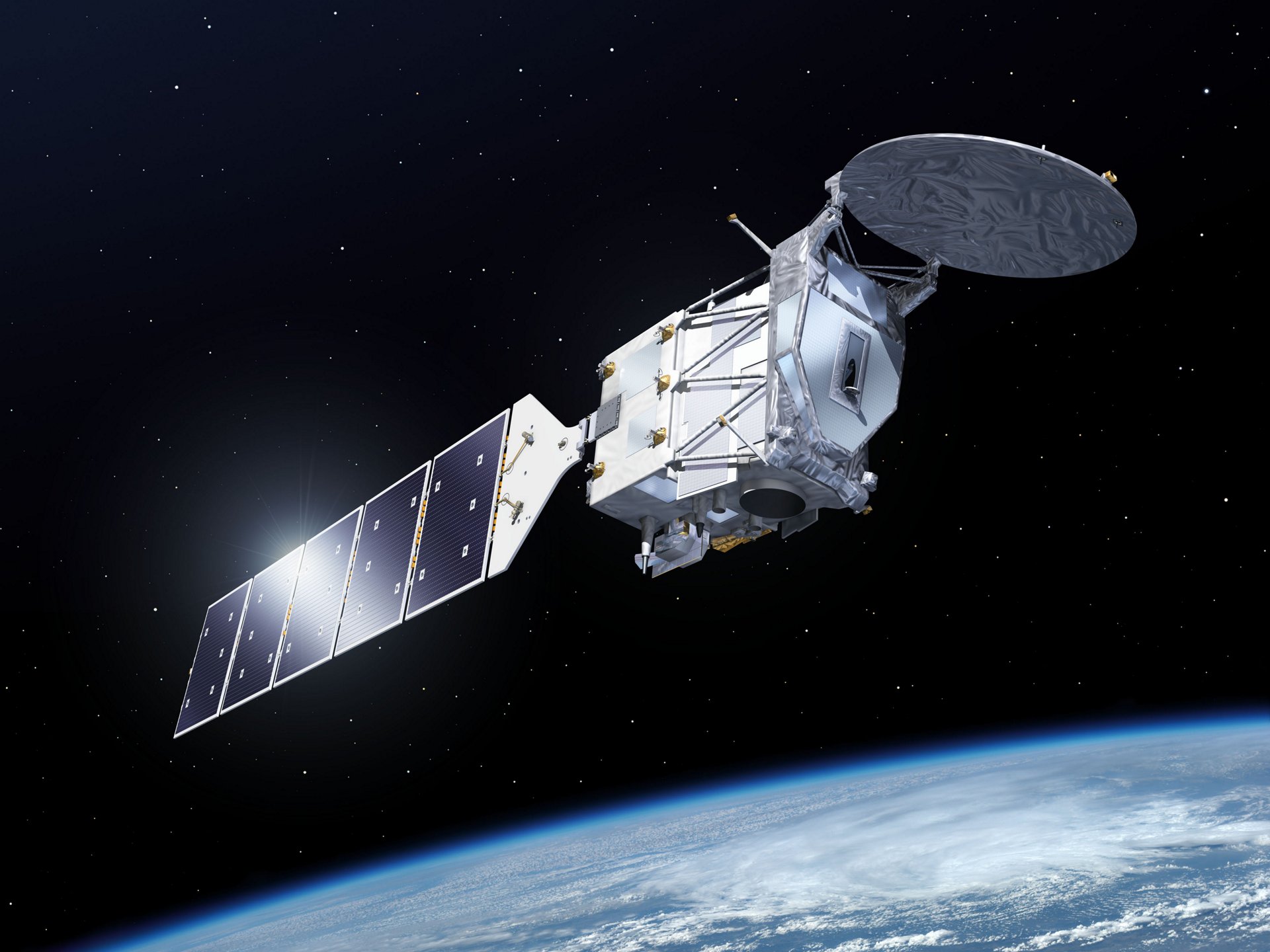
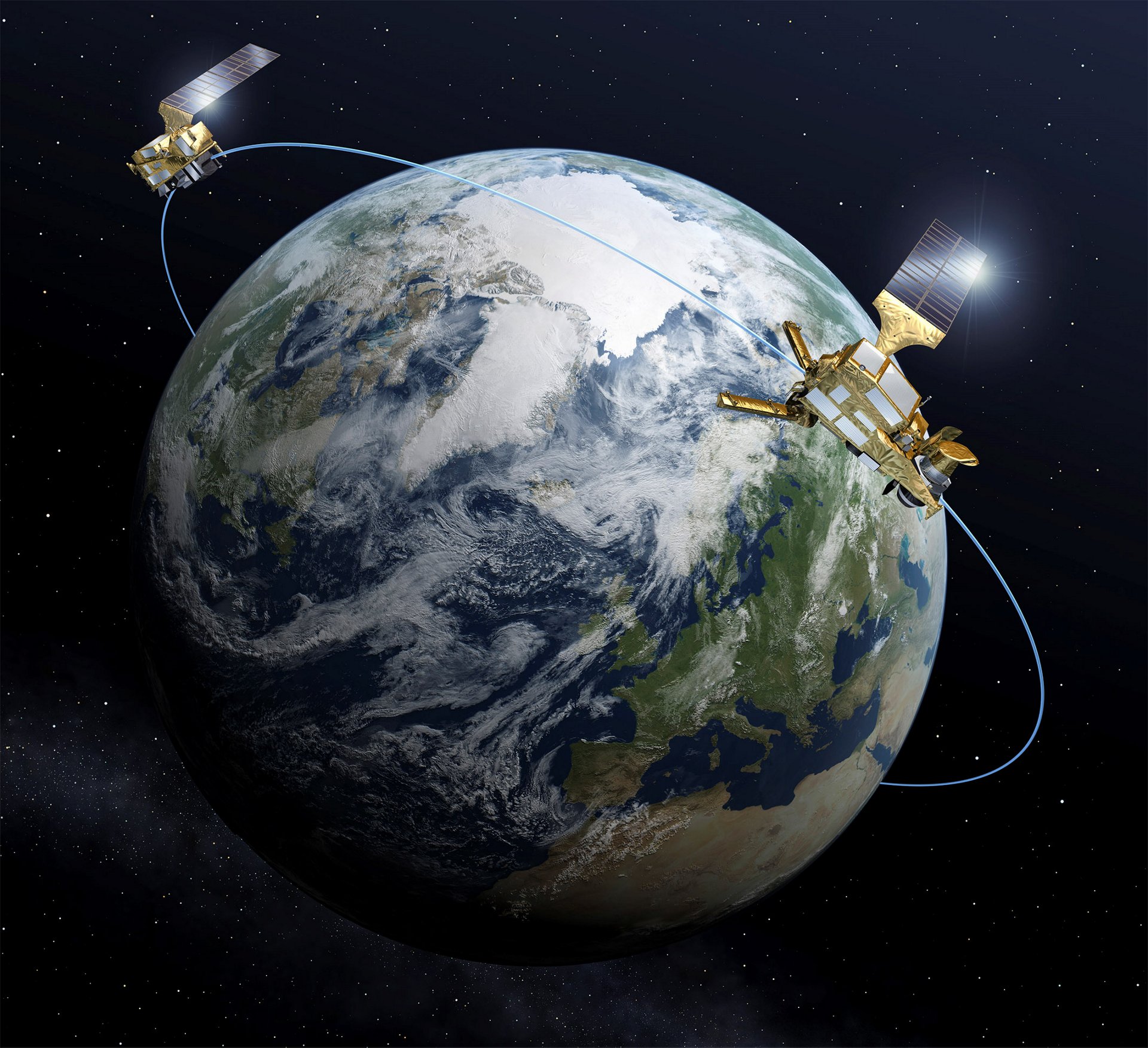
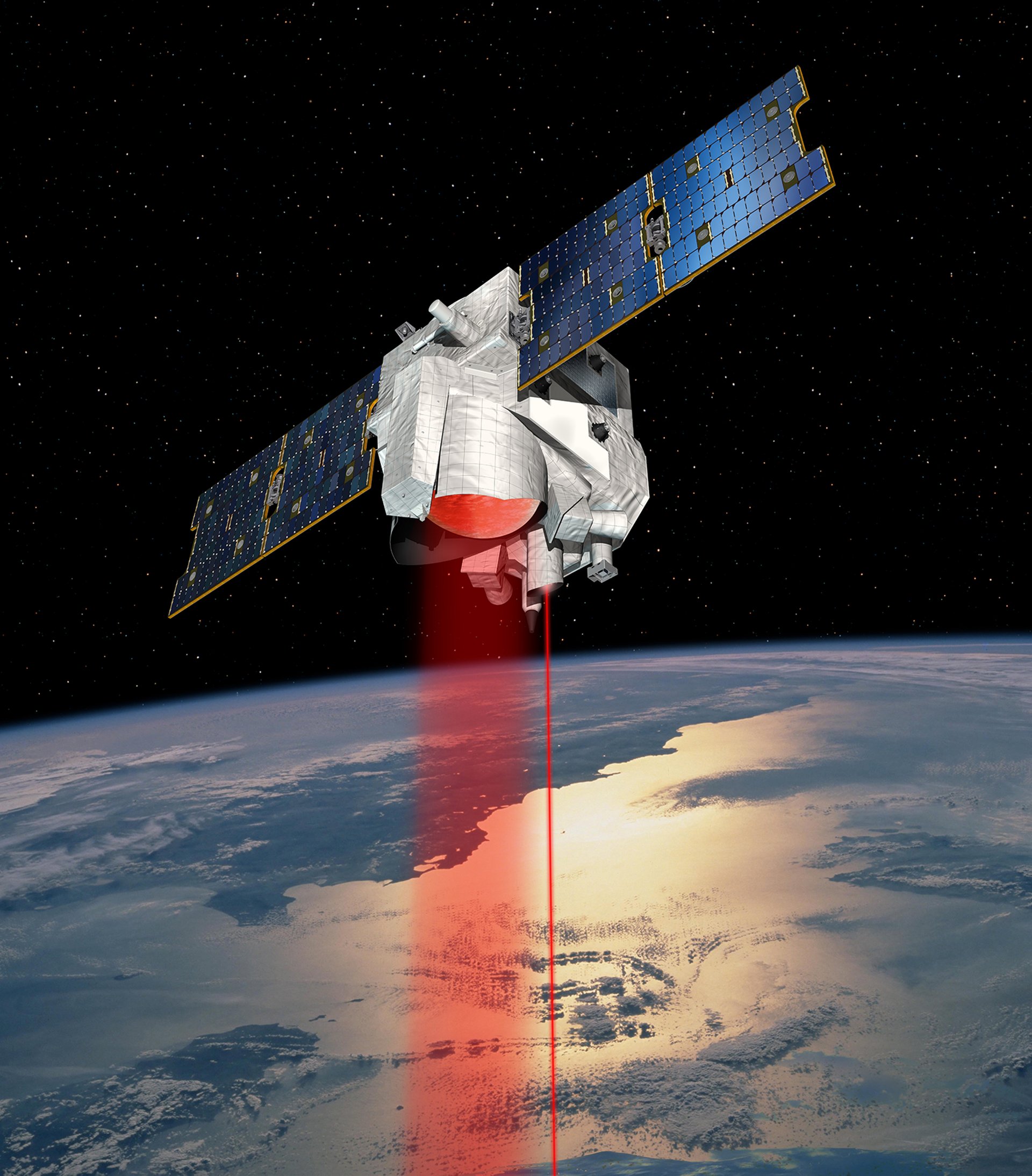
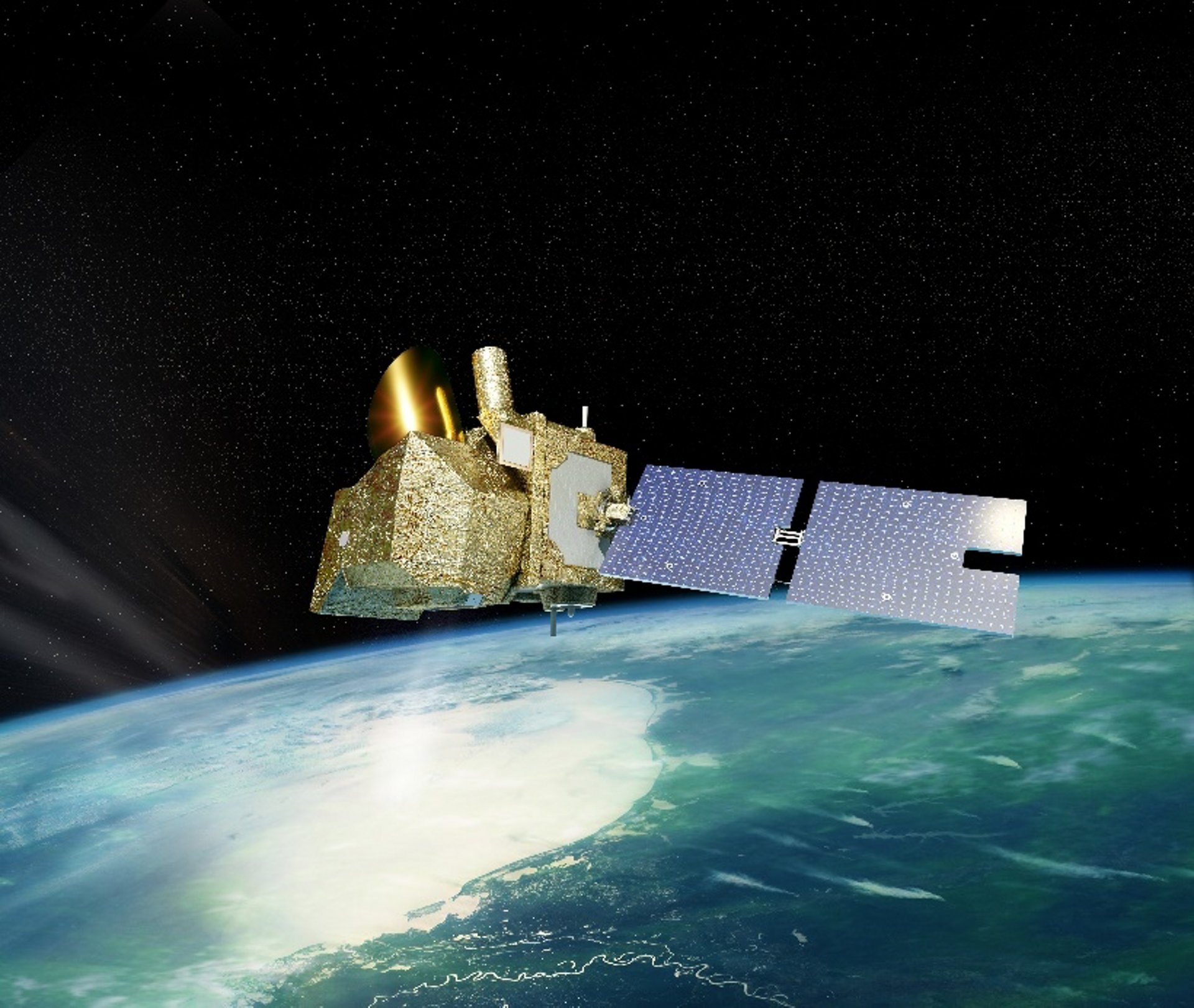
Airbus.jpg?wid=365&fit=fit,1&qlt=85,0)
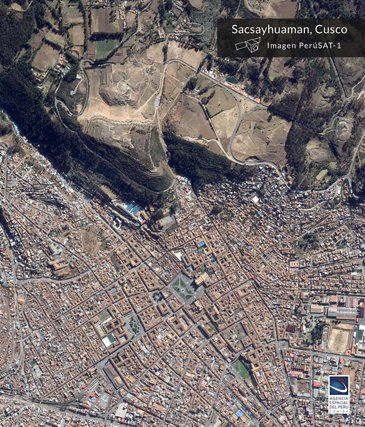
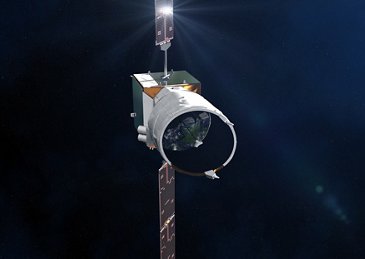
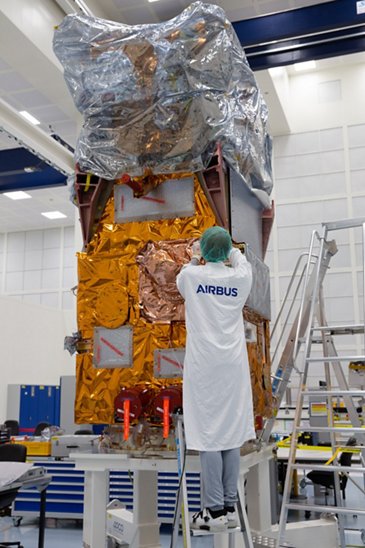

AirbusHeritage.jpg?wid=365&fit=fit,1&qlt=85,0)
